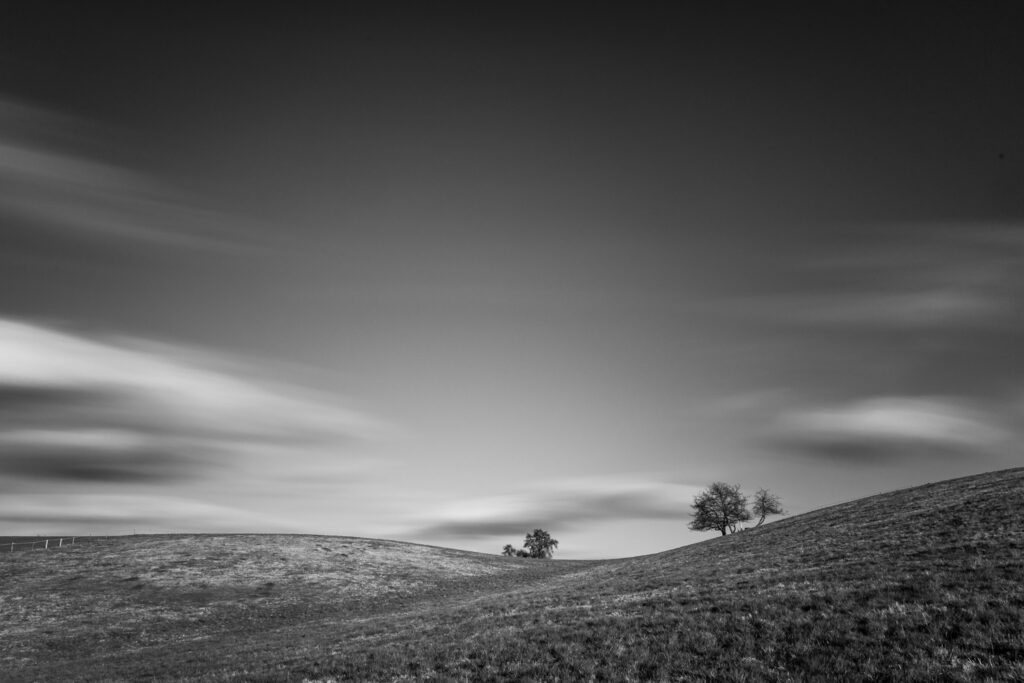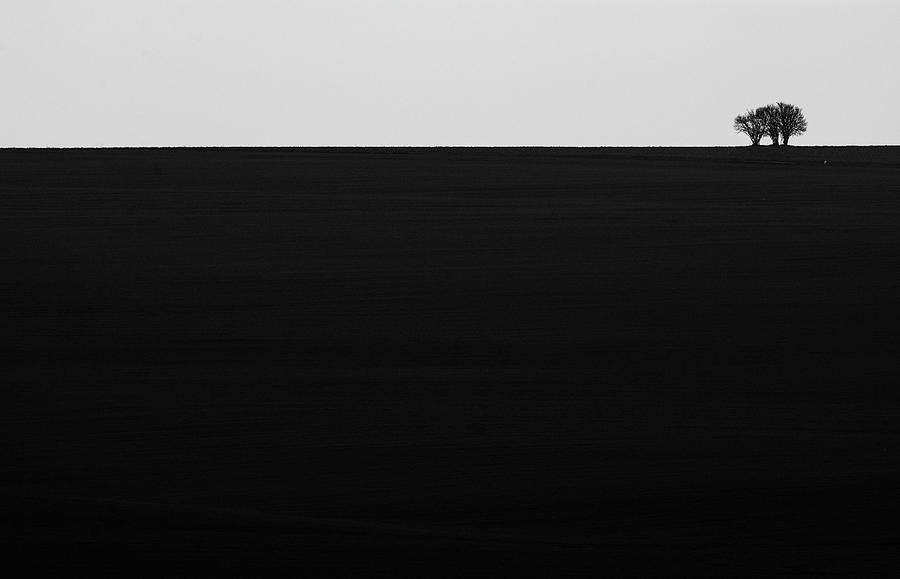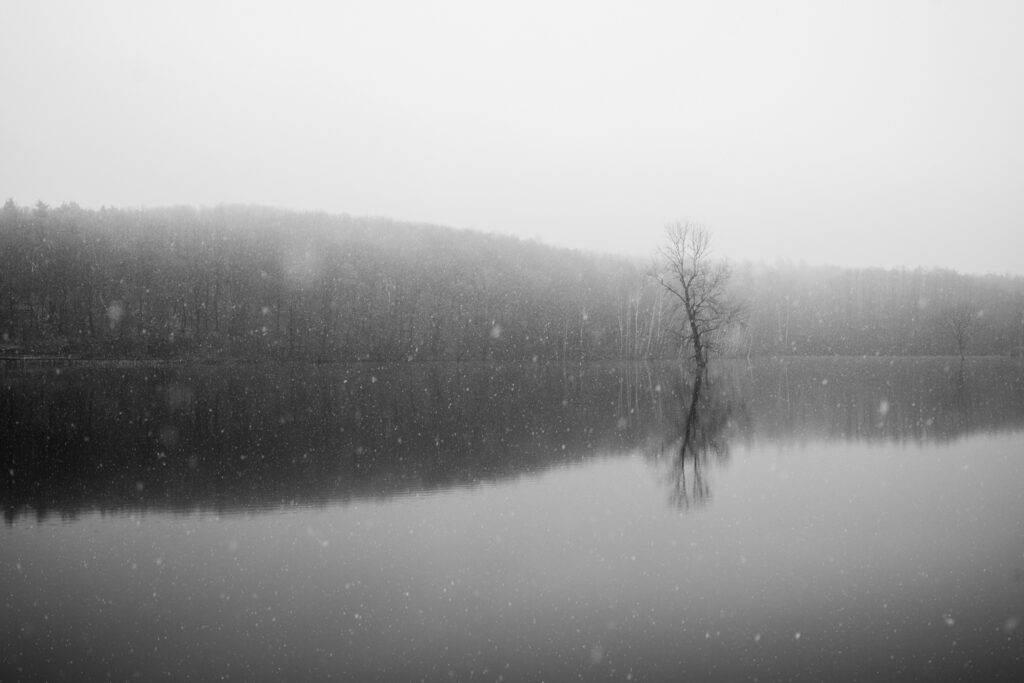It can be challenging to precisely define fine art due to its subjective nature, which is influenced by individual personalities, experiences, cultural backgrounds, and more. Photography has become increasingly important in the art world, making it important to consider black-and-white landscape photography within this context.
The definition of what constitutes a landscape is complex, as the human transformation of the land can become permanent and integral to the earth over time. This provides landscape photographers with a vast range of subjects to choose from. When it comes to capturing landscapes through photography, it is essential to combine personal creativity with proven techniques in order to create a successful final product. Ultimately, the emotional impact of the artwork on both the artist and the viewer is what truly matters.
What is Art?
Art is difficult to define in concrete terms because it is a combination of creativity and technique that can be interpreted differently by different people and cultures. What is considered artistic or meaningful can change over time and vary among different groups. Art can also have an impact on society and culture, influencing the way people think and creating social change. Despite attempts to measure and evaluate creative endeavors, the definition of art remains subjective and elusive.

Test of Time
The durability or longevity of a work is often used as a gauge of its artistic value. However, this approach may not be effective for contemporary creations, as what is popular or significant today may not have the same significance in the future. An alternative method for evaluating the artistic value of a work is to consider its impact on the viewer over time. For example, does a photograph continue to evoke emotion or reveal new meaning each time it is viewed? The ability of an image to engage the viewer’s interest and offer ongoing insights is a goal that many photographers aspire to, and it can be an important factor in defining fine-art photography.
Subjectivity of Art
Art is subjective because it involves both technique and creativity, as well as the artist’s own imagination and emotional expression. The viewer’s response to art is also subjective, as it can be influenced by factors such as age, culture, experiences, memories, and personality. While some elements of an image, such as location, subject matter, and lighting conditions, are objective and measurable, the mood or feeling of the image is more intangible and can be perceived differently by different people. This subjectivity is a fundamental aspect of all art forms and adds to their dynamic and expressive nature.
Artistic Control
Although different people may have different reactions to the same image, most viewers tend to consistently respond to certain photographic elements such as lighting contrast, natural subjects, and typical weather conditions. This consistency allows landscape photographers to exert some artistic control over the viewer’s response to the image. The goal of many artists is to convey their own passions and emotions through their work and to have those feelings consistently conveyed to the viewer across time and cultural boundaries. By using specific compositional, field, and darkroom techniques, photographers can influence the viewer’s reactions to their images, which is a measure of both their skill and the image’s strength as a work of art.

What Makes a Good Landscape Photograph?
Composition is a crucial factor in landscape photography and involves physical elements such as shapes, lines, textures, and patterns, as well as technical elements like camera placement, lighting, and contrast. Design elements, which are more subjective, include visualization, balance, simplicity, dynamics, mood, and impact. In addition to these compositional elements, strong landscape images are also the result of skill, experience, and patience in the darkroom, as well as the ability to develop a critical eye and offer constructive criticism of both your own and others’ work.
Time also plays a role in landscape photography, as weather, lighting, and seasons change, and environmental factors like erosion and human impact can alter the landscape over time. Understanding and creatively utilizing these changes can make your landscape images more dramatic and meaningful.
The Expressive Power of Change
Painters have more flexibility to alter the landscape on their canvas, as they can change the lighting, color, and perspective of the scene to suit their artistic vision. Photographers, on the other hand, have less control over the original scene, but they can still significantly alter the contrast, perspective, and apparent distance of objects through compositional, field, and darkroom techniques.
While viewers may expect some degree of artistic license in a painting, they typically expect a higher level of realism in a photograph, which is perceived as a literal representation of the original scene. This difference gives photographers more latitude for expressive manipulation of the original scene, as even small deviations from reality in a photograph will be more noticeable to the viewer than in other art forms. Depicting the landscape in black and white can also be a significant departure from reality.
Why Black and White?
Black and white landscape photography is more fictional than color photography because it involves a greater degree of artistic manipulation. Whether to use color or black and white should depend on the photographer’s artistic intention and preference. While certain subjects and photographic requirements may demand the use of color film, black and white can be a good choice for artistic experimentation and the use of abstraction and symbolism.
Some photographers prefer to use color exclusively, while others prefer black and white, and still, others use both depending on the subject and mood they want to capture. The decision to use black and white opens up new creative possibilities and allows the photographer to transform ordinary landscapes into exciting new worlds.

Types of Landscapes
Landscapes can be defined as either natural views without any human impact or as views that include the positive and negative effects of humans on nature. While expansive vistas can be emotionally powerful, intimate close-ups can also convey the magnitude and passion of landscapes. As it becomes increasingly difficult to find pristine landscapes that are completely untouched by humans, the inclusion of handmade or manufactured objects can add visual and thematic interest to a scene, as long as they do not distract from the landscape itself.
Architectural structures can also enhance or detract from a landscape, depending on their composition and weight within the scene. Abstract landscapes, in which the dimensions, scale, and subject are difficult to define, can be metaphorical and graphical rather than literal and realistic. As a landscape photographer, your goal should be to capture the land through your own unique perspective and vision.
Creativity and Technique
Art should not simply replicate reality, but rather be a subjective interpretation of it based on the artist’s personal experience. Photography is a blend of the original scene and the subjectivity added by the photographer. As a photographer, you are like a novelist who tells a unique and personal story using technique and creativity to reshape the landscape into a personal representation of the world. While technical skills are important for transferring artistic vision onto film, creativity is also essential for creating art. Both technique and creativity are necessary for successful landscape photography.
